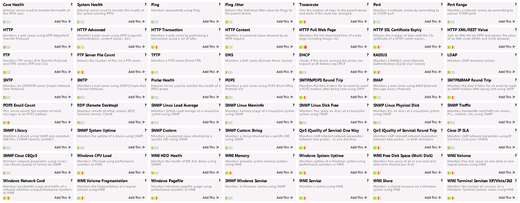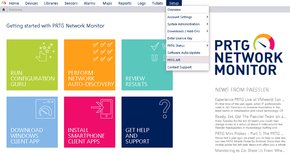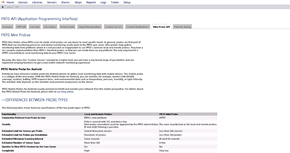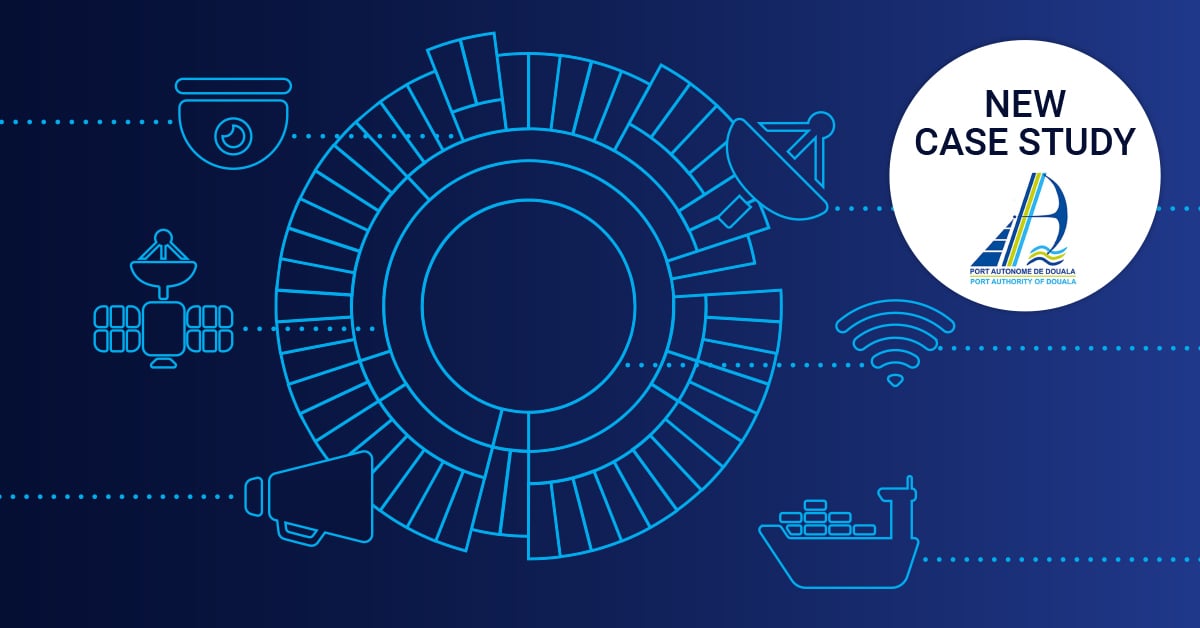PRTG Mini Probes - Part 2: The PRTG Mini Probe API
 Originally published on August 04, 2014 by Florian Staffort
Originally published on August 04, 2014 by Florian Staffort
Last updated on March 03, 2022
•
11 minute read
In the first article of this blog series (not available any more), you've learned about a very specific type of the PRTG Mini Probe, the PRTG Mobile Probe for Android, and how you can use it to gain a mobile perspective on your network. In this second part, we want to give you a little bit more background information on the PRTG Mini Probe API which enables you to completely tailor a probe to your own specific needs.
Important information: Note that the PRTG Mini Probes are a proof of concept. We tested them carefully, however, we cannot offer deep technical support for them nor for your own Mini Probe writing. Moreover, we do not further develop the currently available Mini Probe API because we plan major changes to the underlying API in PRTG. All steps and features described in this article are for your information only.
What Does a PRTG Standard Installation Include?
Being an agentless monitoring solution, PRTG Network Monitor doesn't need you to install any software on the system you want to monitor. The Local Probe of PRTG, which is automatically created upon installation, monitors all devices of the Local Area Network (LAN) in which it is located. However, there might be situations making it necessary to work with Remote Probes, which are directly connected to the remote system, for example, a LAN separated by a firewall, or systems in a Virtual Private Network (VPN).
Probes use technologies like SSH/WMI/etc. to collect the monitoring data and then send it back to the PRTG core. This is a proven and easy way which doesn't require any maintenance on behalf of the administrator. With the PRTG Mini Probe API you'll now have the possibility to place probes even more flexibly, regardless of the hardware or operating system you use.
What Does the PRTG Mini Probe API Offer?
You as an excited user of our software know about the well-proven basic structure of PRTG Network Monitor: Probes run the monitoring processes and perform the actual monitoring via sensors which you create on your devices. The monitoring results are then delivered back to the PRTG core server. Until now it was only possible to install probes on Windows systems—but now the PRTG Mini Probe API offers a new way to gather information from platforms on which it is not possible to install PRTG software such as a core server or a remote probe.
To give you an overview of what you can expect, here's a short description of the approach that the new PRTG Mini Probe API uses to monitor any platform:
- It's a small application that runs on the remote system,
- It connects to the PRTG core server using HTTPS,
- It announces the sensor types it can monitor,
- It gets its configuration information (which sensors it should run) from the core server,
- It schedules and runs the sensors by itself, and
- It delivers sensor results to the PRTG core server.
In comparison to local and remote probes, there are some differences you have to keep in mind, when you're planning to monitor parts of your network with a mini probe. The biggest advantage is: With the PRTG Mini Probe API you now have the freedom to implement your code in whichever environment you need to gather monitoring data. As with the PRTG Mobile Probe for Android, also the PRTG Mini Probe will give you a whole new perspective on your network.
You'll find a table with a detailed comparison of local and remote probes and the PRTG Mini Probe in the full documentation of the Mini Probe API in the PRTG web interface under Setup | PRTG API.
What Can You Achieve with a Mini Probe?
When you are planning to create your own PRTG Mini Probe, the PRTG Mini Probe Protocol (PMPP) offers you the means to extend PRTG with custom remote probes: It is a simple lightweight protocol that can be implemented in a variety of programming languages and runs on any kind of platform like, for example, Linux, MacOS, and iOS—it also was the basis for our PRTG Mobile Probe for Android, which we introduced in the first part of this blog series.
Being intended to be used for very specific areas of application, for example, monitoring a Linux server in contrast to monitoring a complete network, PRTG Mini Probes have limits in both size and functionality—but it supports all the sensor types you implement! Also the PRTG Mini Probe requires an SSL secured connection to the PRTG core server, which is only possible by default if SSL is activated for PRTG. Please note: If your configuration reports an SSL handshake failure, it might be necessary to choose the weakened SSL security option for the web server in the PRTG System Administration.
Whether you need to monitor a Java application via JMX, gather data from your Ubuntu installation, or plan to place a Raspberry Pi into your server room to handle certain monitoring tasks directly on-site, the PRTG Mini Probe is the way to go. In the next article of this series, we'll present to you the Python Mini Probe for Linux. If you're now hooked on the idea of creating your own mini probes, just take a look the PRTG Mini Probe API documentation and share your results via the Paessler Knowledge Base or let us know via e-mail: probes@paessler.com
The Complete Series
Have you already tested the PRTG Mobile Probe for Android? Just take a look at the first article! Also stay tuned for part 3 of our blog series, which will focus the Python Mini Probe for Linux:
- PRTG Mini Probes - Part 1: The PRTG Mobile Probe for Android (not available any more)
- PRTG Mini Probes - Part 2: The PRTG Mini Probe API
- PRTG Mini Probes - Part 3: The Python Mini Probe for Linux
- PRTG Mini Probes - Part 4: The JMX Mini Probe for Java Applications











